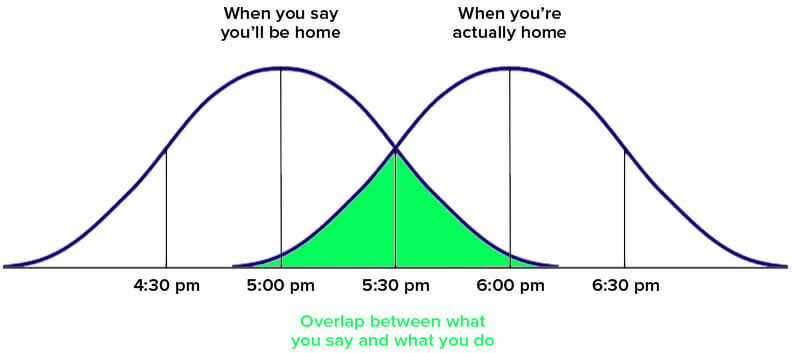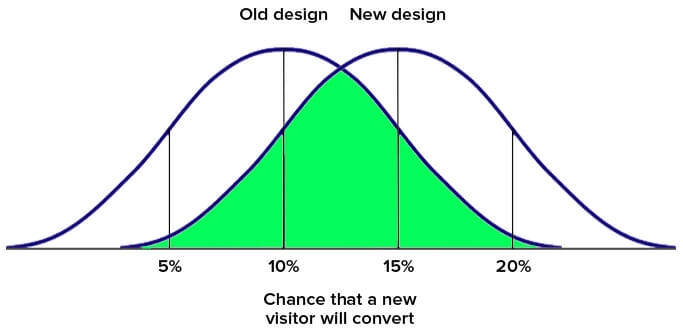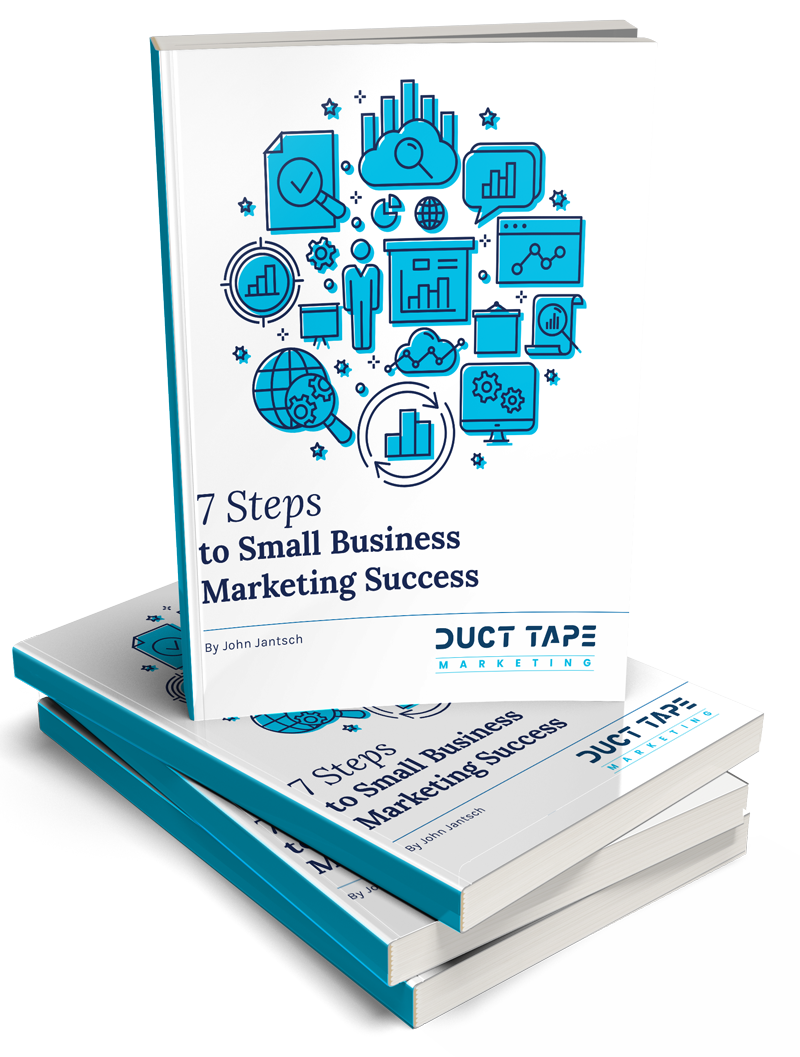Why do your customers buy? What are they looking for? Why do they convert on your site?
Ask most marketers or business owners these questions and you’ll usually get a lot of very specific answers. “We have the best prices”…“Our product has more features than the competition”…“Our customer service is incredible”…
Now, all of these answers are great, but most of the time, they don’t answer the real question: why do your customers buy from you?
What do your customers really care about?
When someone clicks on an ad and visits your page, it’s true that they might be looking for the best price or a certain set of features. It’s even possible that they might be looking for testimonials about customer service.
But how do you really know that your customer service testimonials are why people convert on your site?
Maybe you think it’s your testimonials, but it’s really your price…or your features…or that cute puppy in your hero shot. When you get right down to it, most of the time you don’t really know why people decide to buy from you.
However, that doesn’t stop us from assuming that we know why people buy from us. Humans have this funny tendency to believe that “if it matters to me, it must matter to everyone!”
So, if you value your customer service, those testimonials about your awesome customer service reps must be why people convert, right?
Well, maybe.
But what if you change your site to emphasize your testimonials and your conversion rate goes down? What then?
Was it a bad month? Did you use the wrong testimonials? Or did you change the wrong thing on your site?
Testing your website
As any good scientist will tell you, if you really want to prove something, you need to run a test! In online marketing, we call this conversion rate optimization, but it’s really just the art of creating hypotheses about your website and testing them.
To show you how this works, let’s use SurvivalLife.com as an example. When Survival Life set up their site, they used a clean, minimalistic site design—you know, the kind web designers rave about.
The team at Survival Life loved the design, but they were smart enough to realize that what they loved might not be what their audience loved. So, they decided to test an “uglier” design against their award-worthy template.
To their surprise, the ugly design far outperformed their original template.
But why? Most web designers and even conversion experts would tell you that a clunkier, uglier site will get worse results than a simple, beautiful template. In fact, that’s what the team at Survival Life believed, so why did their uglier site design work better?
The answer is fairly simple. The “ugly” site design was what their audience resonated with.
Although website design best practices can help improve the performance of your site, your site traffic is always unique to your site. That means no one—including you—can completely predict which site elements or changes will improve your conversion rates.
However, just because you can’t predict how your audience will respond to a change in your site doesn’t mean that you shouldn’t try out new ideas. The key is to test them. That way, you can tell which changes make a difference…and which ones don’t.
How to effectively test your website
So, if simply making tweaks to your site that you think will improve performance isn’t a great idea, how should you test your website?
Once you’ve come up with a few testing ideas, here are a variety of tools you can use to test your site (VWO, Optimizely, Google Experiments, etc). Each of these tools has different strengths, but they all serve the same fundamental purpose: they allow you to compare the performance of different designs and site elements.
Since the specific tool isn’t as important as the tests you’re running, we’ll focus on how to run and analyze your tests in this article (for more info on testing tools, click here). To run an effective website test, you need to understand 3 basic testing concepts:
1. Your traffic changes over time
As any good marketer knows, your traffic changes over time. You have good months and bad months. As a result, your conversion rates are constantly changing.
Why is this important? Well, say you added a bunch of testimonials about your customer support team to your website. You run your test and conversions increase by 15%!
That’s awesome, right?
Well, maybe (this statistics, so get used to that answer).
What if a competitor just went out of business and all of their former customers came to your site and made a purchase? That’s great for your business, but it doesn’t mean that the change you made was the reason why your conversion rate improved.
This is part of the reason why it’s always important to include your original, unchanged design as a control in your test. That way, you can directly compare the conversion rates of both pages—even if your traffic changes.
So, if that competitor goes out of business and the conversion rate on your new design goes up by 15%…but the conversion rate on your old design goes up by 20%, you know that your new design actually hurt your conversion rate.
2. Confidence
Yes, I’m about to get statistical on you. But, before you hit the back button, give me a chance! This is critically important information and I promise I’ll explain things in the simplest, most painless way possible.
Still with me? Good.
In statistics, confidence means the same thing it does in everyday life. The only difference is, in statistics, confidence comes with a number.
So, if you were married to a statistician, you might tell your spouse, “I’m confident that I’ll be home by 5:30.” Your spouse might reply, “When you say you’ll be home and when you’re actually home are different 68% of the time, so I’m 68% confident you won’t be home by 5:30.”
Then, your spouse might text you the following image…

…followed by the statement, “I’m about 84% confident you’ll be home by 6:30, so I’ll have dinner ready then.”
As you might imagine, being married to a statistician could be a bit harsh…
That being said, this is exactly how confidence works in statistics. Essentially, confidence describes the likelihood that two groups or situations (when you say you’ll be home vs. when you actually get home) are not the same.
The more overlap you have between your two groups, the less confident you can be that they are different. Case in point, the more often you are home when you say you’ll be home, the less confident your spouse will be that you’ll be late.
Similarly, if you create a new version of your homepage with a 50% better conversion rate than your original design, but your confidence is only 50%, that means it’s even odds that your improved conversion rate is solely due to chance.

As you might imagine, more statistical confidence is always better.
In website testing, most people shoot for at least 95% confidence. At 95% confidence, there’s only a 1 in 20 chance that the difference in your conversion rate is due to random chance, so you can feel both emotionally and statistically confident in your results.
The good news is, most website testing programs calculate confidence for you. All you have to do is use it to decide your winner.
3. Traffic volume
At this point, you’re probably thinking, Okay, I get it. External changes can affect my conversion rate and I need high confidence…but how do I get those?
The answer is fairly simple: traffic volume.
If your normal conversion rate is 15% and you run a test on 10 visitors and one of the visitors to your new design converts, guess what, your new conversion rate is 20%!
Your confidence, however, is probably around 0%.
In this scenario, there’s a very good chance that your one converting visitor would have converted on your old page design, too. There’s really no way to know.
But, if you run that same test on 10,000 visitors and 20% of the visitors to your new page convert while the old page keeps converting at 15%, you’re looking at a confidence of over 99%. With that much traffic, you know you’ve got a winner on your hands.
The exact amount of traffic volume you need to get meaningful data from your test will vary from test to test. With that in mind, it’s usually best to keep running your tests until you get to a confidence level you’re comfortable with. Otherwise, your test is basically useless.
Conclusion
Website design doesn’t have to be a guessing game. At Disruptive, we’ve used site testing to increase our clients’ profitability by millions.
The key is knowing how to run an effective test.
If you’re willing to challenge your own preconceptions about your traffic and test all your ideas, you can identify exactly what your potential visitors want from your site. All it takes is a little time, effort and statistical know-how.
Have you ever made a site change that didn’t work out? What happened? How do you improve the performance of your website?
 About the Author
About the Author
Aden Andrus has developed and marketed millions of dollars of successful products. He lays awake at nights figuring out new marketing tactics and is constantly upping Disruptive Advertising‘s internal marketing game. He loves to write, dance and destroy computer monitors in full medieval armor.



